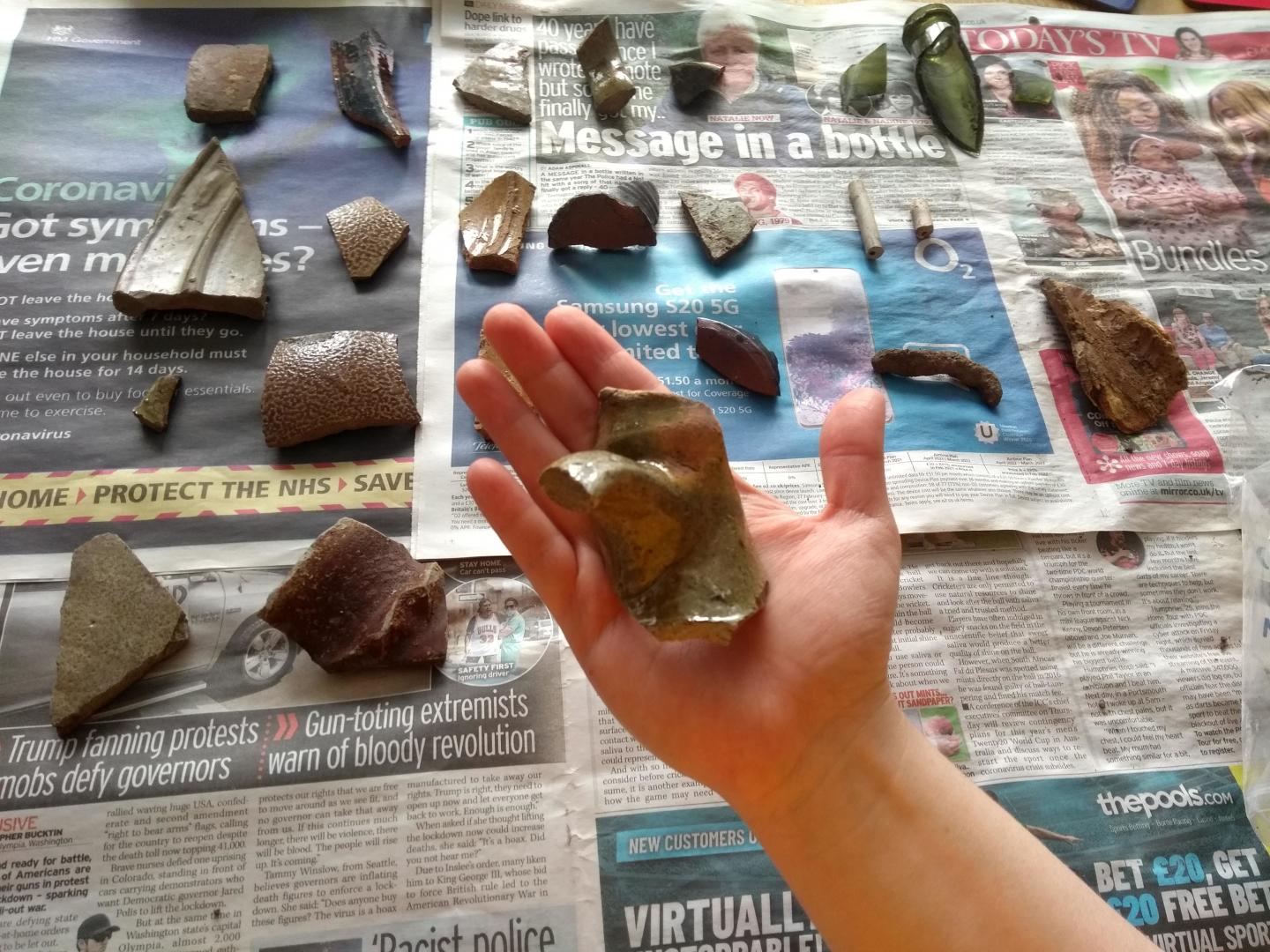A “ONE man Time Team” has unearthed evidence of stone structures, some of which could be up to 6,000 years old, while he was routinely removing topsoil at a building plot in Teesdale.
The discovery was made when a lone archaeologist attended a site in Boldron as part of a planning condition.
Evidence of a several stone structures were uncovered and fragments of glass and pottery, believed to date from 17th and 18th century, were recovered. The archaeologist, who doesn’t want to be named, said: “We weren’t expecting to find anything. I thought it was going to strip the top soil off and it would be done by dinner time.”
He spent three days at the site, carefully trowelling back soil to reveal the structures. He added: “Digs are treacherous at the best of times, but you do feel very vulnerable when you are by yourself with no facilities. I do feel a bit like a one-man Time Team.”
Archaeological Services Durham University asked another local company, Green Man Archaeology, to help out.
Leanne Gray, from Green Man Archaeology, said: “When the topsoil was stripped it became clear that there was quite a lot of archaeology present, including a hearth or corn-drying kiln, a deflated corner of a stone structure with a possible ghost wall foundation trench, a long stone feature overlain by a deposit of cobbles which we think might be the remains of a village head-dyke.
“Two truncated sheep burials and quite a bit of late medieval or early post-medieval pottery was also recovered, both unstratified and from contexts and a couple of pieces of stratified metalwork.
“Our sub-contractor advised suspending work until it was safe to bring a team of people onsite to deal with the features.”
Ms Gray added being able to provide a specific date for the finds was difficult at this time and would require further investigation.
She said: “The little stone feature seems to be a hearth – we don’t have any dating evidence for this as it has not been dug yet. It could be as old as prehistory [up to 6,000 years ago], but is likely to be medieval or post-medieval. Scientific dating techniques like archaeomagnetic dating can sometimes be used to date hearths and kilns.”
David Mason, Durham County Council’s principal archaeologist, said: “Archaeological monitoring of groundworks, undertaken as a condition of planning permission, has revealed a number of potential archaeolog-
ical features on this site.
“These are currently being assessed by our archaeological section to determine what further work, if any, might be required.”
ADVERTISEMENT
Excitement at archaeological finds on development site
ADVERTISEMENT
ADVERTISEMENT
ADVERTISEMENT






